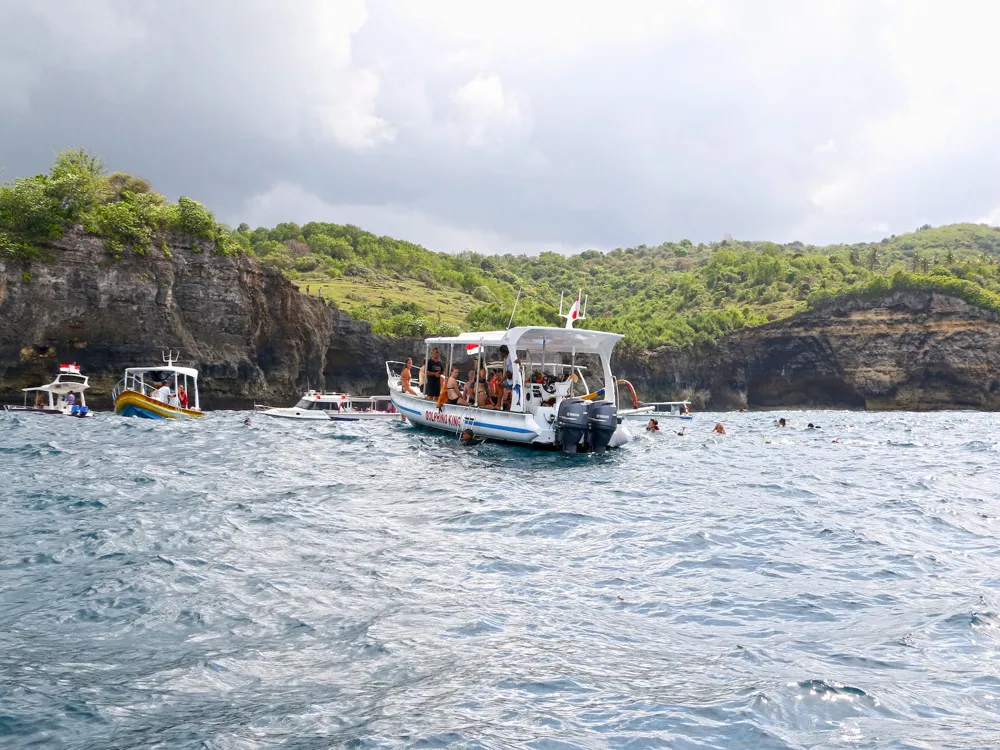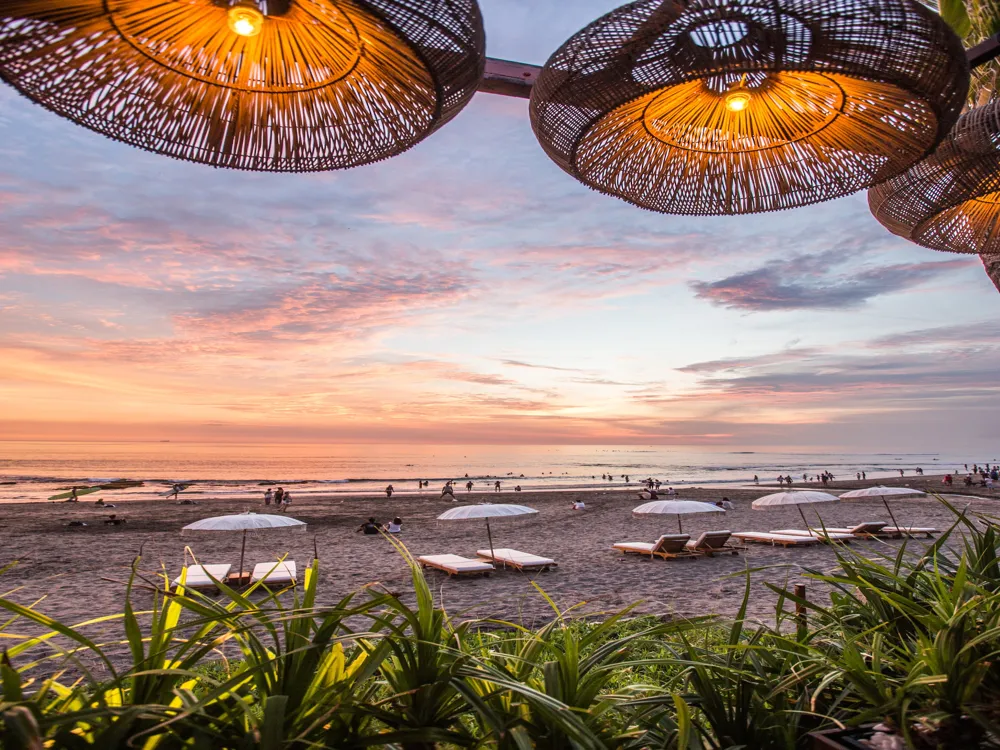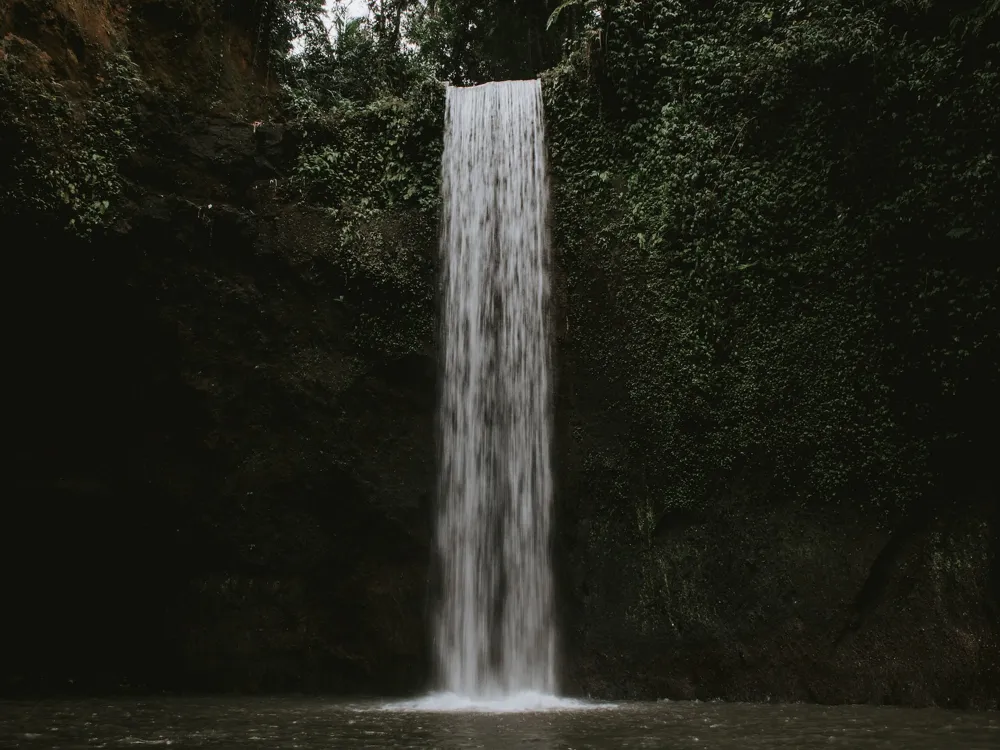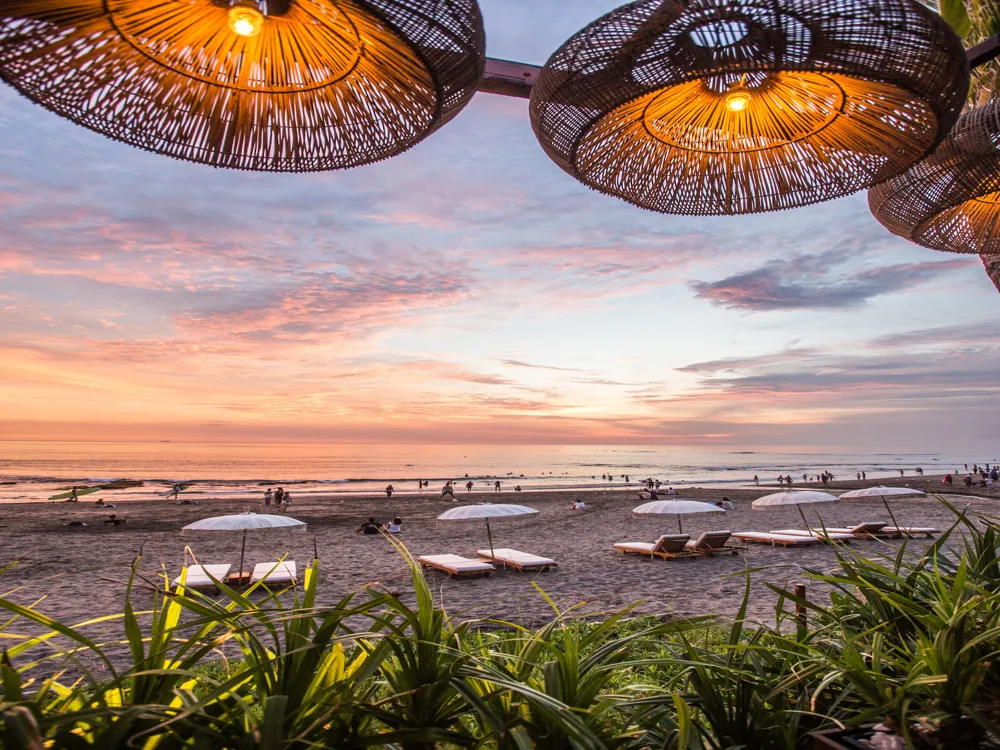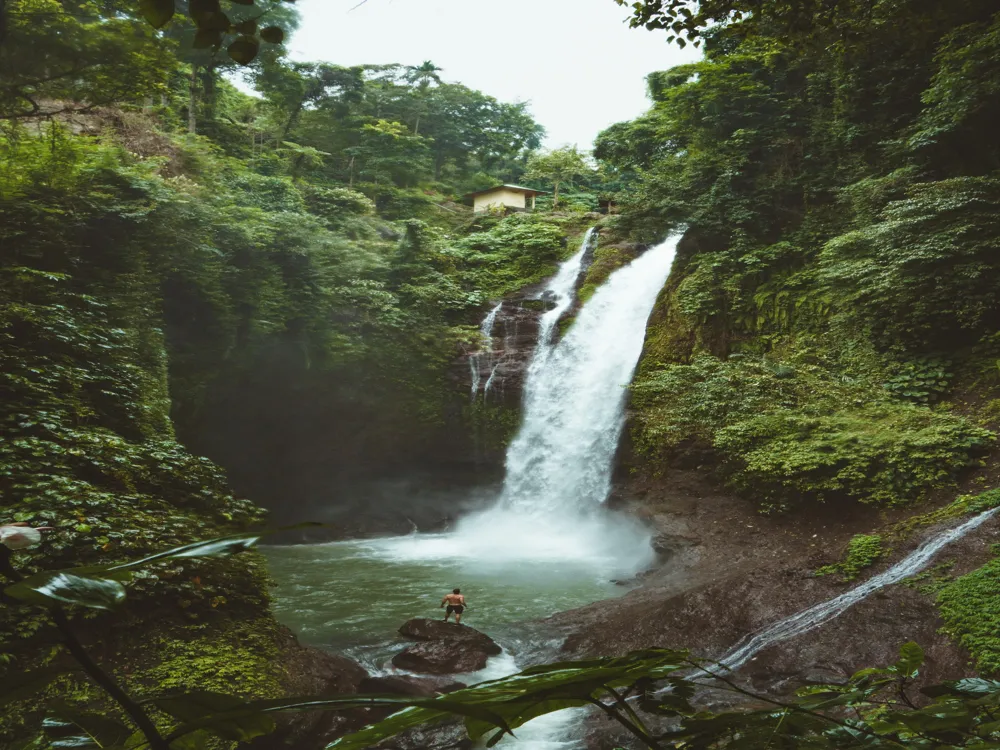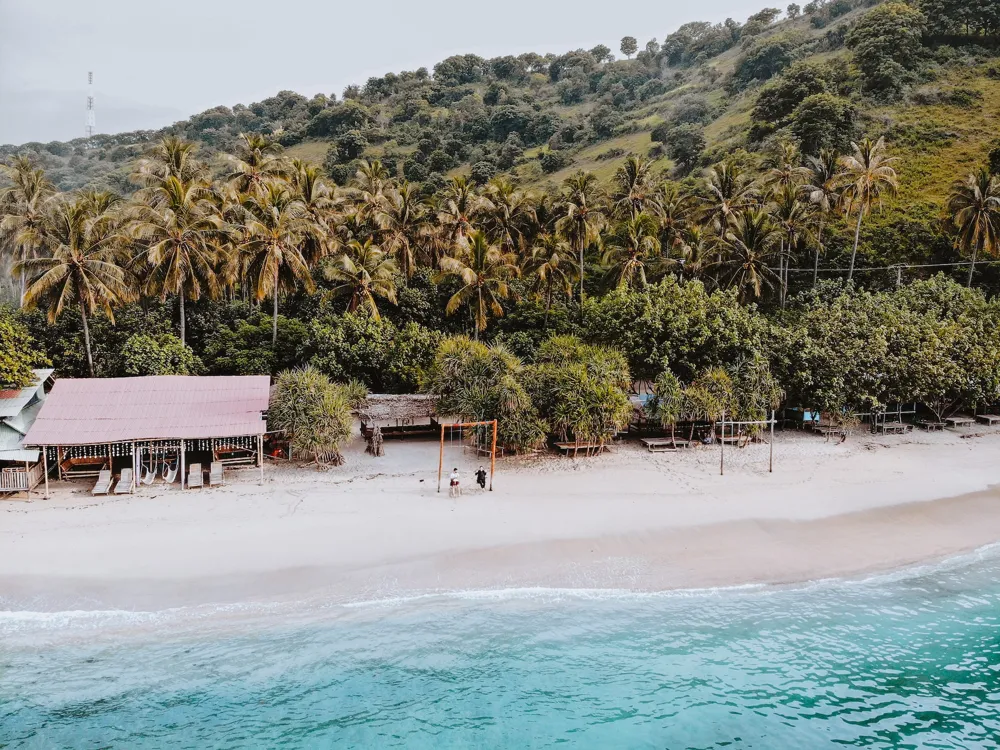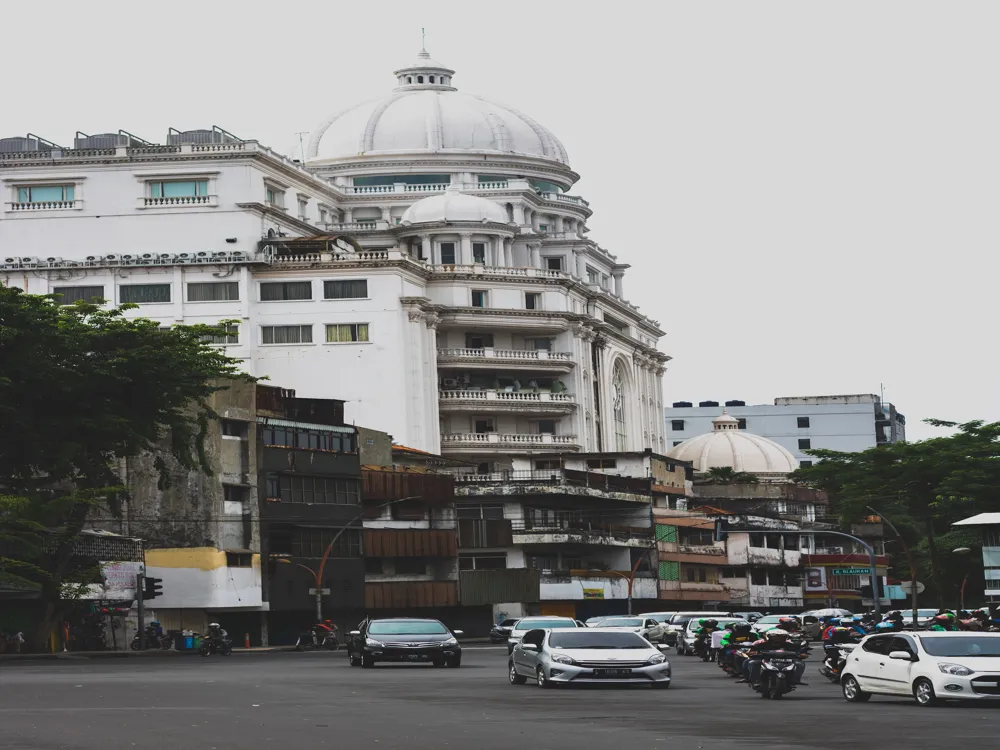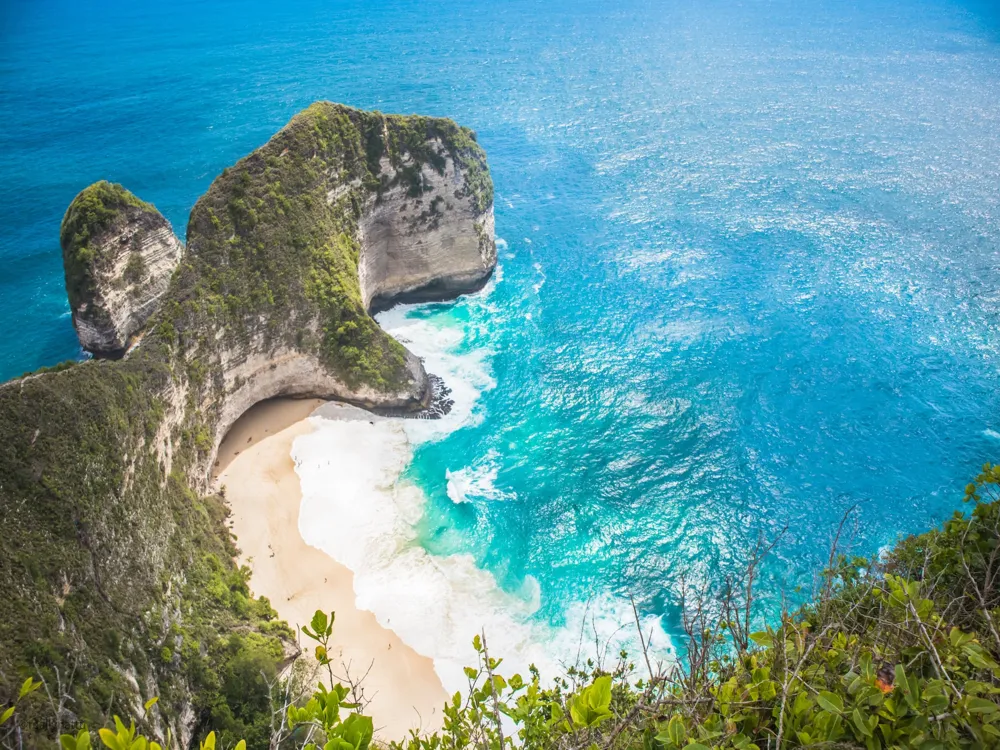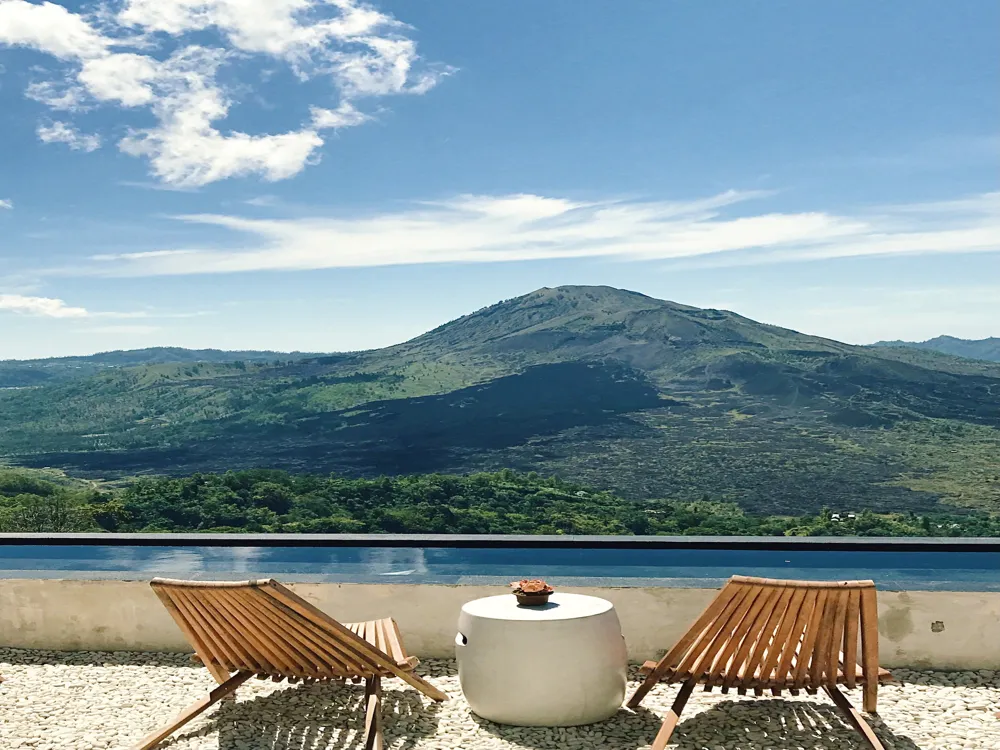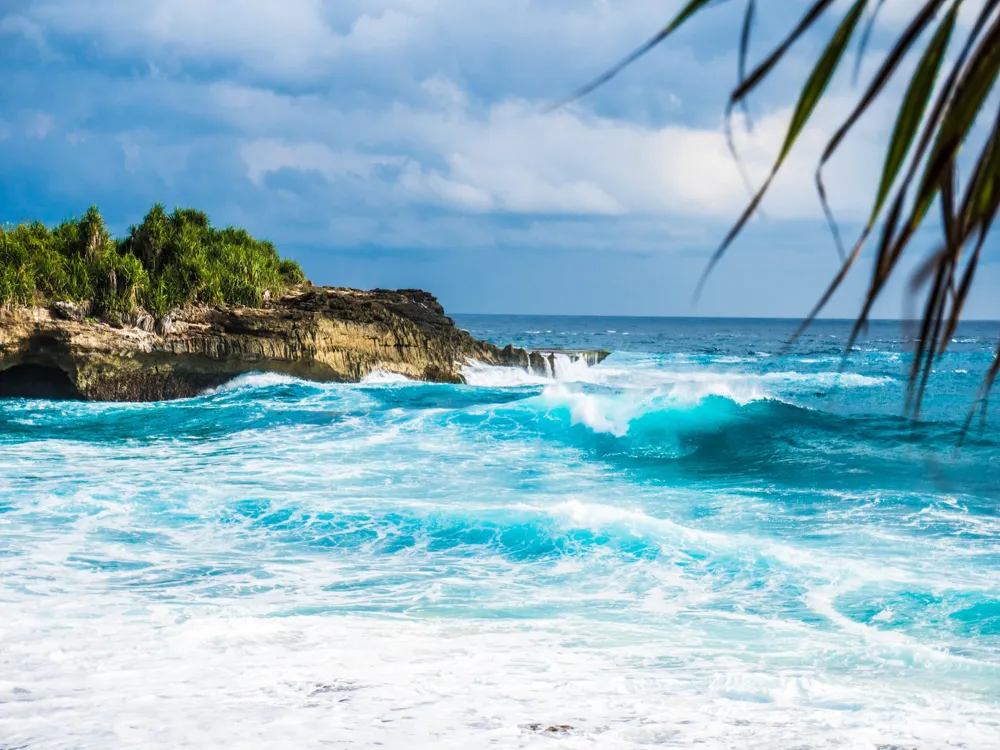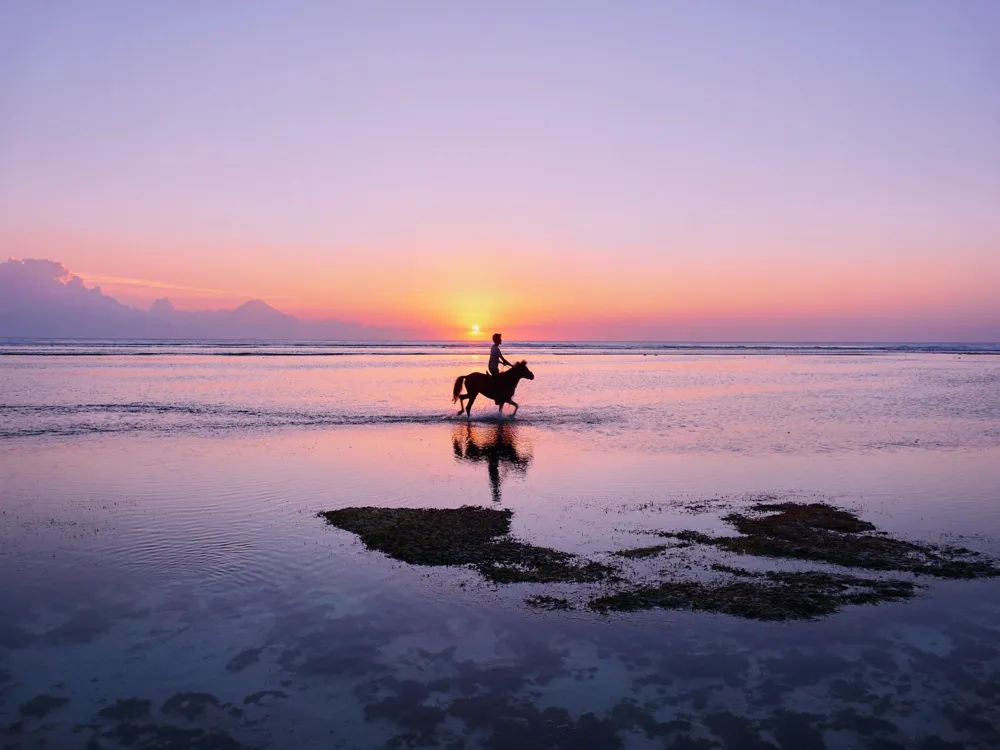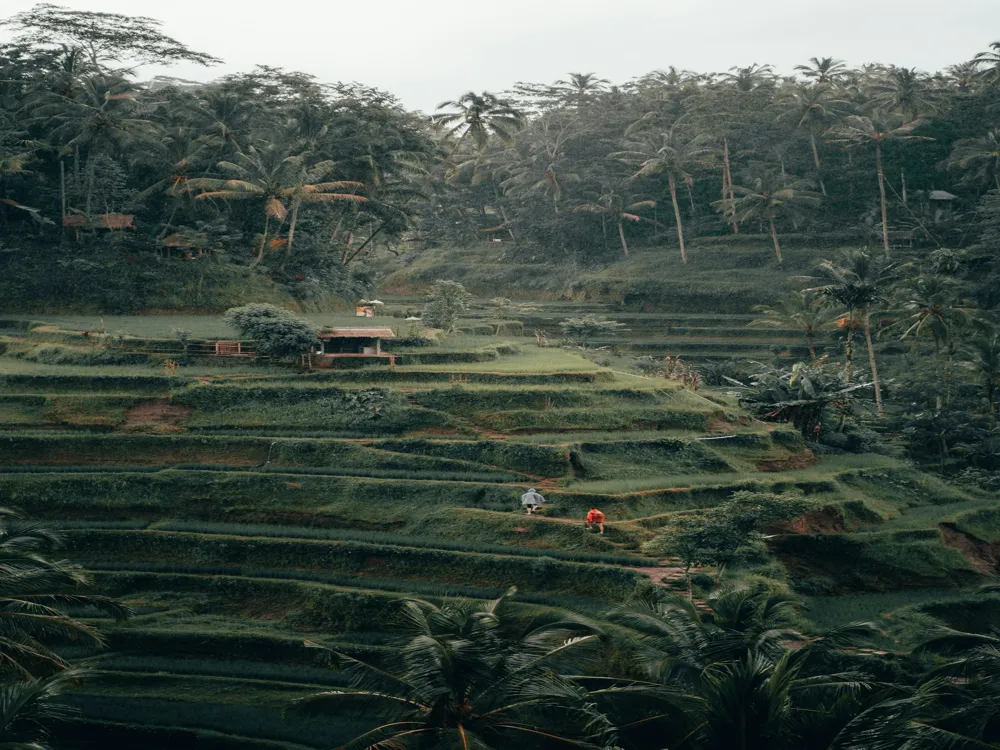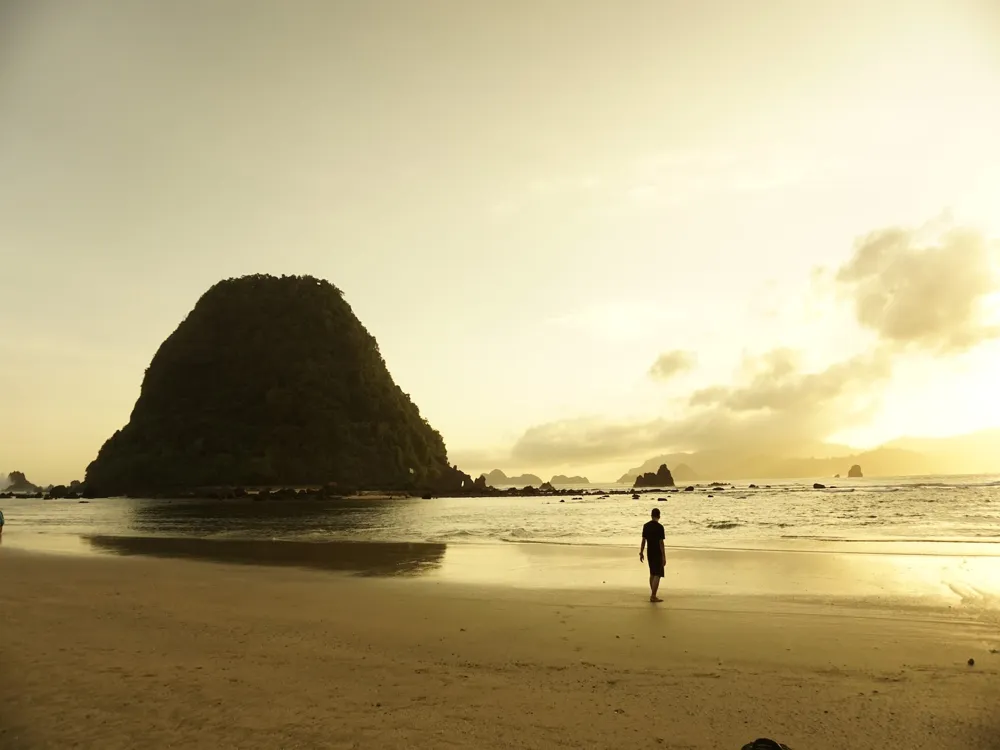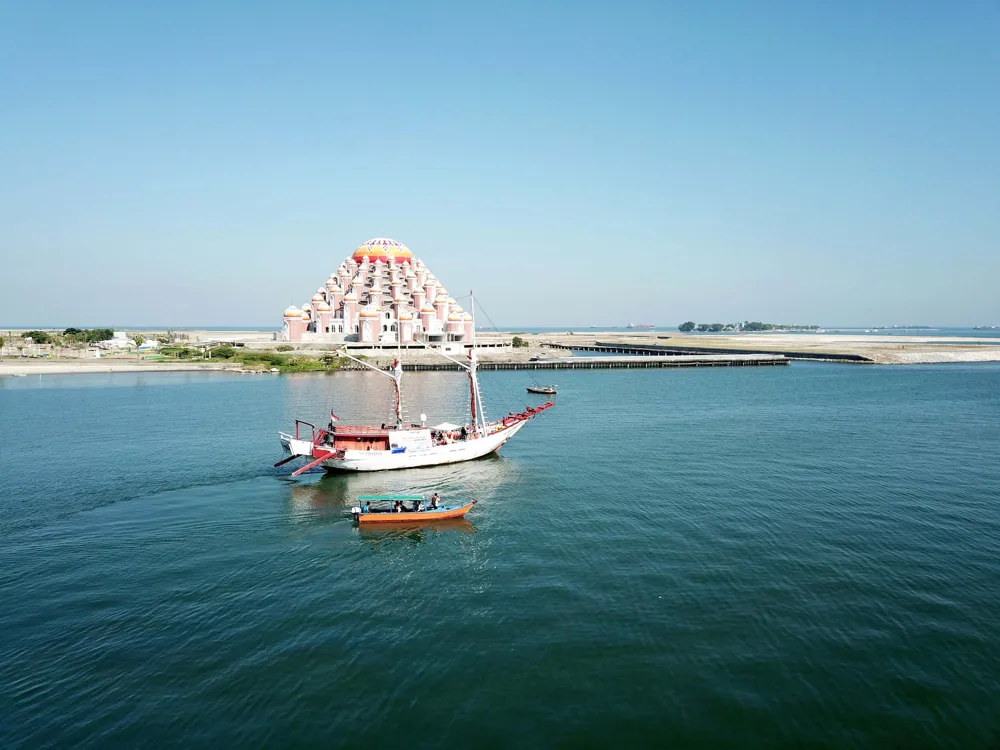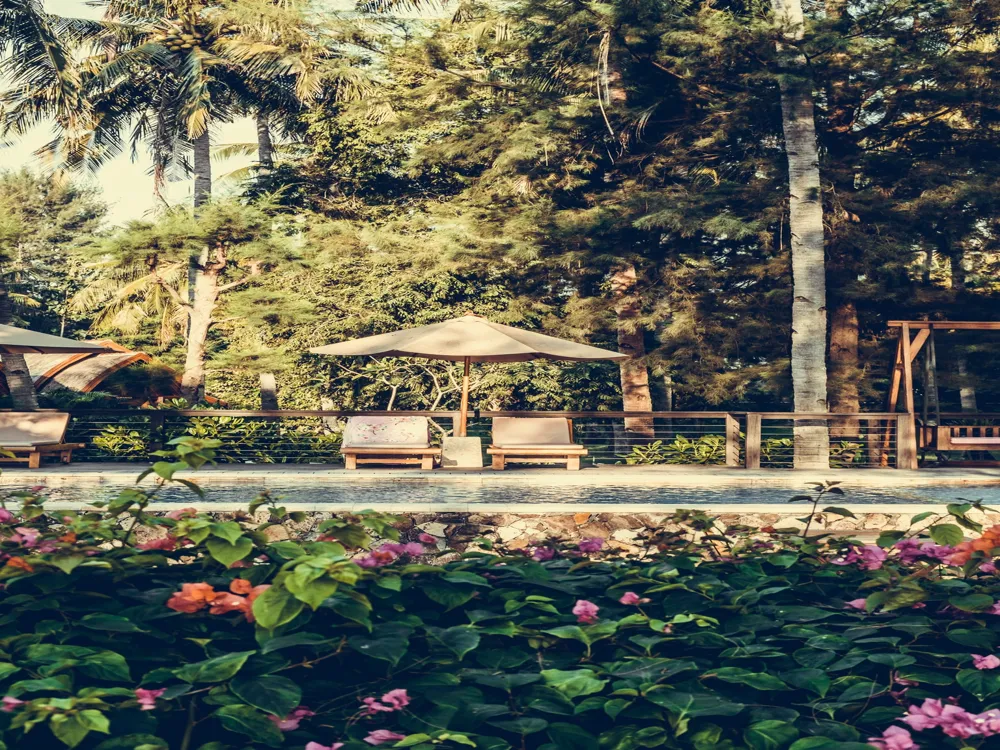Jatiluwih Rice Fields in Bali are a stunning illustration of traditional Balinese husbandry. These fields, honored as a UNESCO Cultural Landscape, parade a centuries-old collaborative water operation system known as subak. The scenic beauty, characterized by sprawling rice sundecks and lush verdure, offers a tranquil and graphic geography, making it a popular destination for tourists seeking natural beauty and artistic insight. The armature of Jatiluwih Rice Fields is defined by its ancient irrigation system. The terraced layout helps in effective water operation, which is pivotal for rice civilization. This system demonstrates a balance between mortal exertion and the natural terrain, with the sundecks following the natural figures of the mountains, thereby minimizing corrosion and water runoff and ensuring sustainable husbandry practices. The best time to visit the Jatiluwih Rice Fields is during the dry season, from April to October, when the rainfall is more predictable and the fields are at their greenest. As the rice fields are part of the local community's livelihood, visitors are urged to respect the area by not damaging the crops and following the designated paths. Jatiluwih rice fields are found within the Tabanan Rule of Bali. The areas can be reached by a drive of approximately 2 hours from Denpasar. Open transport choices are restricted, so it's suggested to contract an auto or a bike or connect a guided visit for comfort and to pick up assistance knowledge into the area's history and culture. Read More:Overview of Jatiluwih Rice Fields of Bali
Architecture of Jatiluwih Rice Fields
Tips for Visiting Jatiluwih Rice Fields
Best Time to Visit
What to Wear
Respect Local Customs
How To Reach Jatiluwih Rice Fields
Jatiluwih Rice Fields
Bali
₹ 13,500 onwards
View bali Packages
Weather :
Tags : Hills & Valleys
Timings : 8:30 AM - 6:00 PM
Entry Fee : Indonesians : IDR 15,000
Foreigners: IDR 40,000
Planning a Trip? Ask Your Question
Bali Travel Packages
View All Packages For Bali
Top Hotel Collections for Bali

Private Pool

Luxury Hotels

5-Star Hotels

Pet Friendly
Top Hotels Near Bali
Other Top Ranking Places In Bali
View All Places To Visit In bali
View bali Packages
Weather :
Tags : Hills & Valleys
Timings : 8:30 AM - 6:00 PM
Entry Fee : Indonesians : IDR 15,000
Foreigners: IDR 40,000
Planning a Trip? Ask Your Question
Comfortable attire and strong footwear are suggested, as the territory can be uneven and, once in a while, slippery. Don't disregard the need to bring a hat and sunscreen for protection against the sun.
Bali Travel Packages
View All Packages For Bali
Top Hotel Collections for Bali

Private Pool

Luxury Hotels

5-Star Hotels

Pet Friendly







